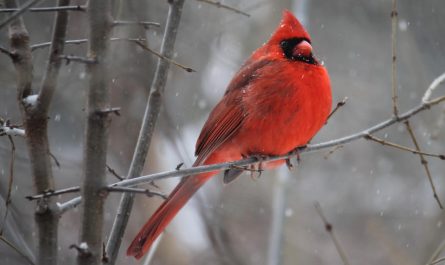You may associate the proud profile and impressive wingspan of eagles with liberty and patriotism, but how much do you know about these majestic creatures? Eagles are massive, robustly-built birds of prey with large, hooked beaks for ripping flesh, fierce talons for securing prey, and strong, muscular legs for carrying their catch back to the nest. Here are four eagle facts so you can soar above the competition at trivia (or just to share some cool facts with your friends):
4 Eagle Facts
-
- There are over 60 species of eagle that occur in Eurasia and Africa. (source) Just two species of eagles exist in North America (the bald eagle and golden eagle). Nine more species of eagles live in Central and South America, and three more live in Australia.
-
- The largest species of eagle in the world in terms of length and wing surface is the giant Philippine eagle. (source) They thrive in the humid rainforest mountainsides of the Philippine islands. The natives call this eagle the “monkey-eating eagle”. This awe-inspiring creature has an average wingspan of seven feet and stands around three feet tall!
-
- Bald eagles are believed to live around 30 years or longer in the wild. (source) Their distinctive white head and tail features only appear when the eagles mature at four to five years old. They mate for life and construct massive nests on top of threes near bodies of water. Adults will often continuously build upon their nests each year. Nests can reach up to ten feet wide and weigh around 2000 pounds! That is one ton!
-
- Bald eagles are considered one of the ultimate Endangered Species Act success stories. (source) In the 1960s and 1970s, the use of the pesticide DDT caused bald eagle numbers to plummet (the pesticide tainted water supplies, causing eagles to consume contaminated fish), resulting in them being listed as a federal endangered species. Once DDT was banned and the species became fully protected by the fledgling Endangered Species Act, bald eagles began to make a recovery. In 2007, the U.S. Fish and Wildlife Service took the bald eagle off the endangered species list.




